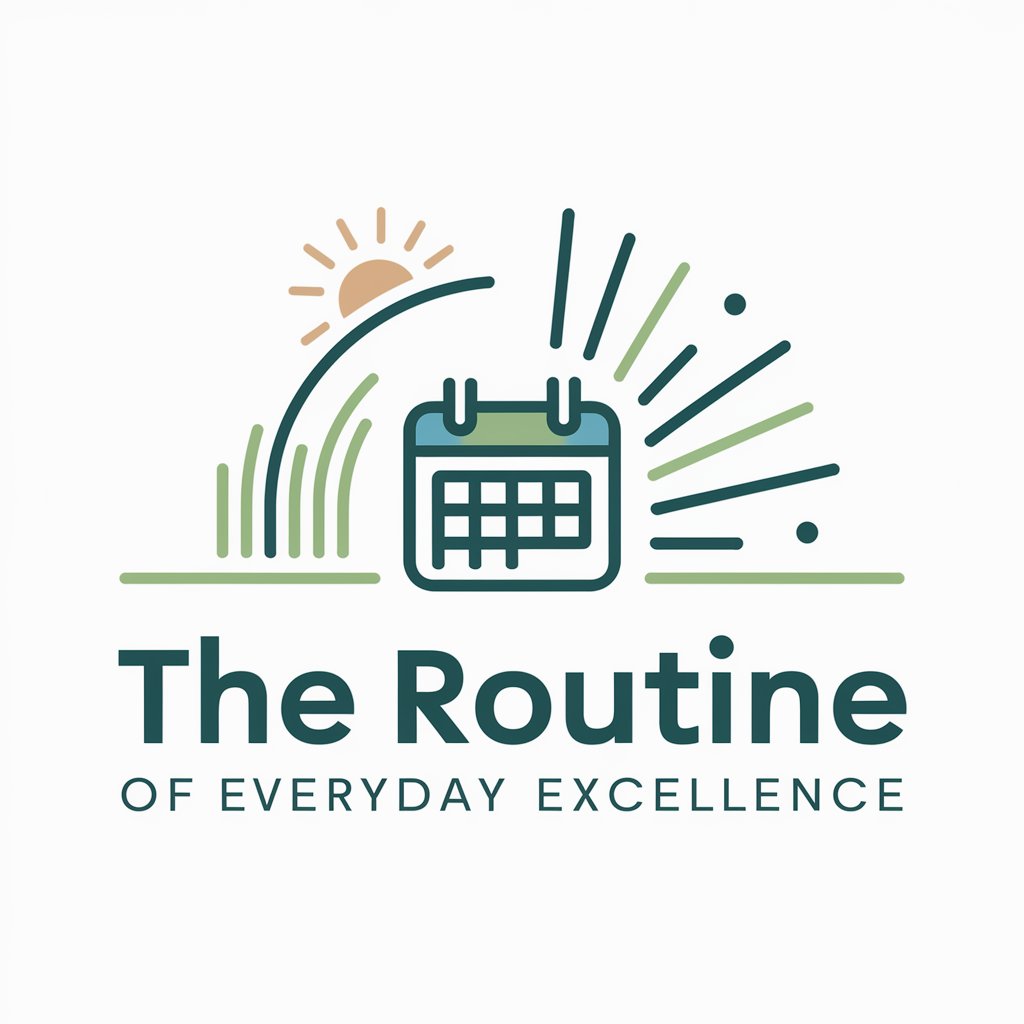
Molecule Match - Molecular Functional Group Analysis

Hi! Ready to analyze SMILES molecules for functional groups.
Unveiling Molecular Secrets with AI
Compare these SMILES molecules
Identify similar functional groups in
Analyze this SMILES structure
What functional groups are common in
Get Embed Code
Introduction to Molecule Match
Molecule Match is a specialized GPT designed to analyze molecules represented in the SMILES (Simplified Molecular Input Line Entry System) format. Its primary purpose is to identify and compare repeating functional groups within the provided molecular structures. The system is tailored to focus exclusively on the structural aspects of molecules, specifically by pinpointing shared functional groups, without delving into broader chemical properties or reactions. For example, if given two molecules, such as ethanol (C2H5OH) and acetic acid (CH3COOH), Molecule Match can identify the presence of the hydroxyl (-OH) group in both molecules, illustrating a shared functional group that contributes to their chemical behavior. Powered by ChatGPT-4o。

Main Functions of Molecule Match
Identification of Functional Groups
Example
Given a molecule like acetone (CC(=O)CH3), Molecule Match can identify the ketone (C=O) functional group.
Scenario
This function is crucial for researchers designing compounds with specific properties, as identifying functional groups helps predict chemical reactivity and solubility.
Comparison of Molecular Structures
Example
Comparing benzene (C6H6) and toluene (C7H8), Molecule Match highlights the methyl group (CH3) attached to the benzene ring in toluene as a structural difference.
Scenario
Useful for educators and students in organic chemistry courses to understand structural differences and similarities between compounds.
Highlighting Repeating Functional Groups
Example
When presented with molecules like ethylene glycol (C2H6O2) and glycerol (C3H8O3), it identifies the repeating hydroxyl groups in both molecules.
Scenario
Beneficial for chemists involved in polymer research, where repeating units are critical for determining polymer properties.
Ideal Users of Molecule Match Services
Educators and Students
Those teaching or studying organic chemistry will find Molecule Match invaluable for visualizing and understanding the structure of molecules, the presence of functional groups, and their implications on chemical behavior.
Research Chemists
Professionals in chemical research, especially those focusing on organic synthesis, drug discovery, and polymer science, can use Molecule Match to analyze and compare molecular structures, aiding in the design of new compounds with desired properties.
Pharmaceutical Scientists
Individuals involved in the development of pharmaceuticals can benefit from identifying functional groups in drug molecules, aiding in the prediction of drug activity, metabolism, and potential side effects.

How to Use Molecule Match
Initiate your journey
Start by visiting yeschat.ai to explore Molecule Match without the need for a subscription or ChatGPT Plus.
Prepare your molecule data
Gather the SMILES strings of the molecules you wish to analyze. Ensure they are correctly formatted for accurate comparison.
Input your data
Enter the SMILES strings into Molecule Match. You can analyze multiple molecules simultaneously for comparison.
Analyze the results
Review the analysis provided by Molecule Match, which highlights common functional groups and similarities between your molecules.
Refine your search
Use the feedback from your initial analysis to refine your search, optimizing your understanding of molecular structures and their functional groups.
Try other advanced and practical GPTs
Pulsar Music Tutor
Empowering musicians with AI-driven learning and competition.

Psychoacademic Mentor
Empowering psychology learning with AI

The Routine of Everyday Excellence
Automate Success with AI-Powered Routines

Crypto Analyst
Empowering Decisions with AI-Powered Crypto Insights

Modified Fisher Scale Calculator
AI-driven SAH Risk Estimation

Book Recomender!
Discover Your Next Read with AI

Filmmaking Sage
Empowering Your Filmmaking Journey with AI

Dream Interpretation Assistant
Unveiling the subconscious with AI

DaVinci Resolve Guru
Expert guidance for all DaVinci Resolve features.

Translator and Improver
Elevate Your Text with AI-Powered Translation and Enhancement

Lunar Sage
Discover the wisdom of ancient China, powered by AI.

Loan Advisor
Empowering Financial Decisions with AI

Frequently Asked Questions about Molecule Match
What is Molecule Match?
Molecule Match is a specialized AI tool designed to analyze molecules presented in SMILES format, identifying repeating functional groups and providing detailed comparisons.
Which functional groups can Molecule Match identify?
Molecule Match can identify a wide range of functional groups common in organic chemistry, including but not limited to alcohols, ketones, carboxylic acids, amines, and esters.
Can Molecule Match handle complex molecules?
Yes, it is designed to analyze a broad spectrum of organic molecules, from simple to complex structures, accurately identifying shared functional groups.
How does Molecule Match help in research?
By providing a detailed analysis of molecular structures and their functional groups, it aids researchers in understanding molecular behavior, facilitating drug discovery, and synthetic pathway planning.
Is Molecule Match user-friendly for beginners?
Absolutely, it is designed with a straightforward interface that allows both experts and beginners to efficiently compare and analyze molecular structures.
